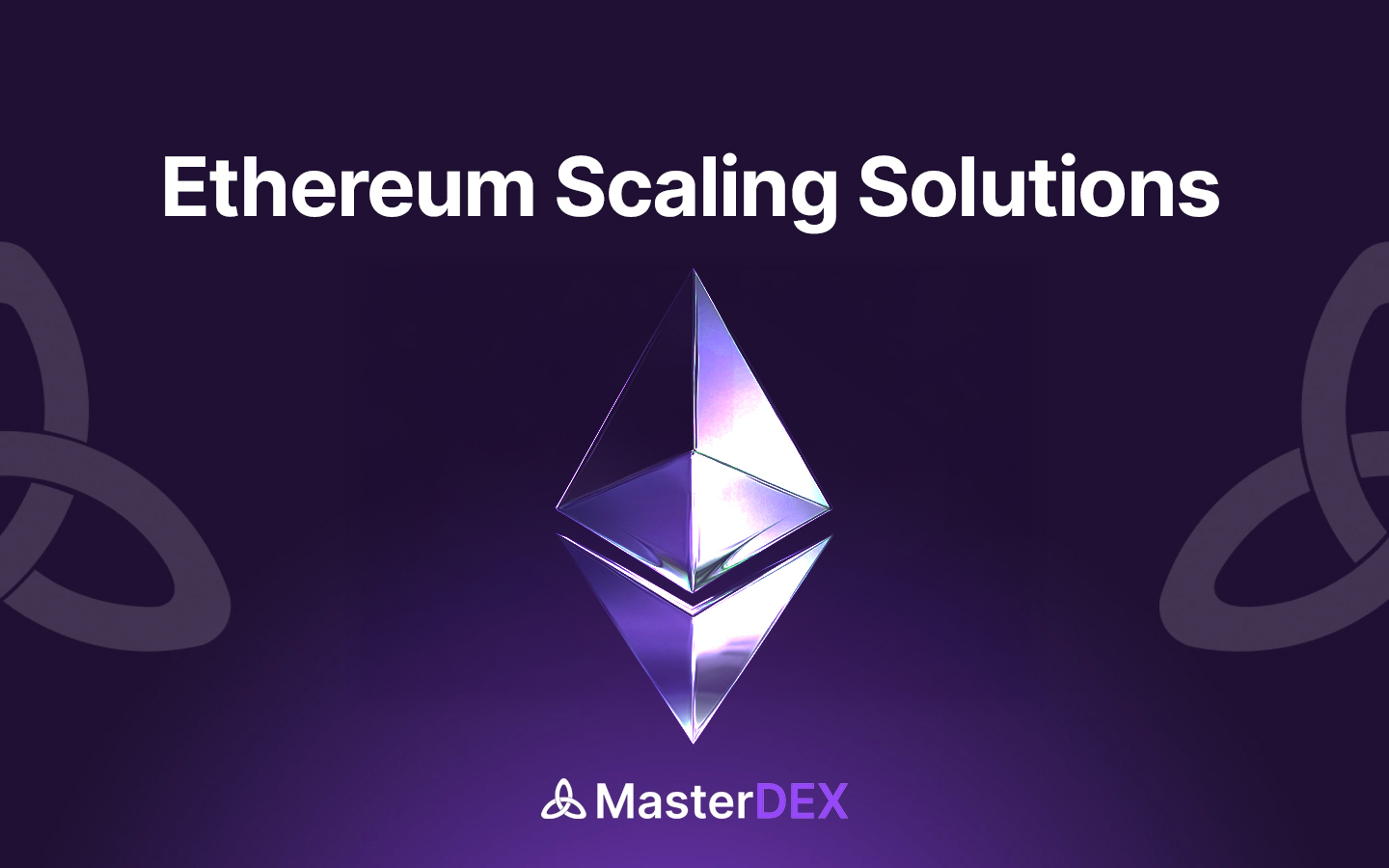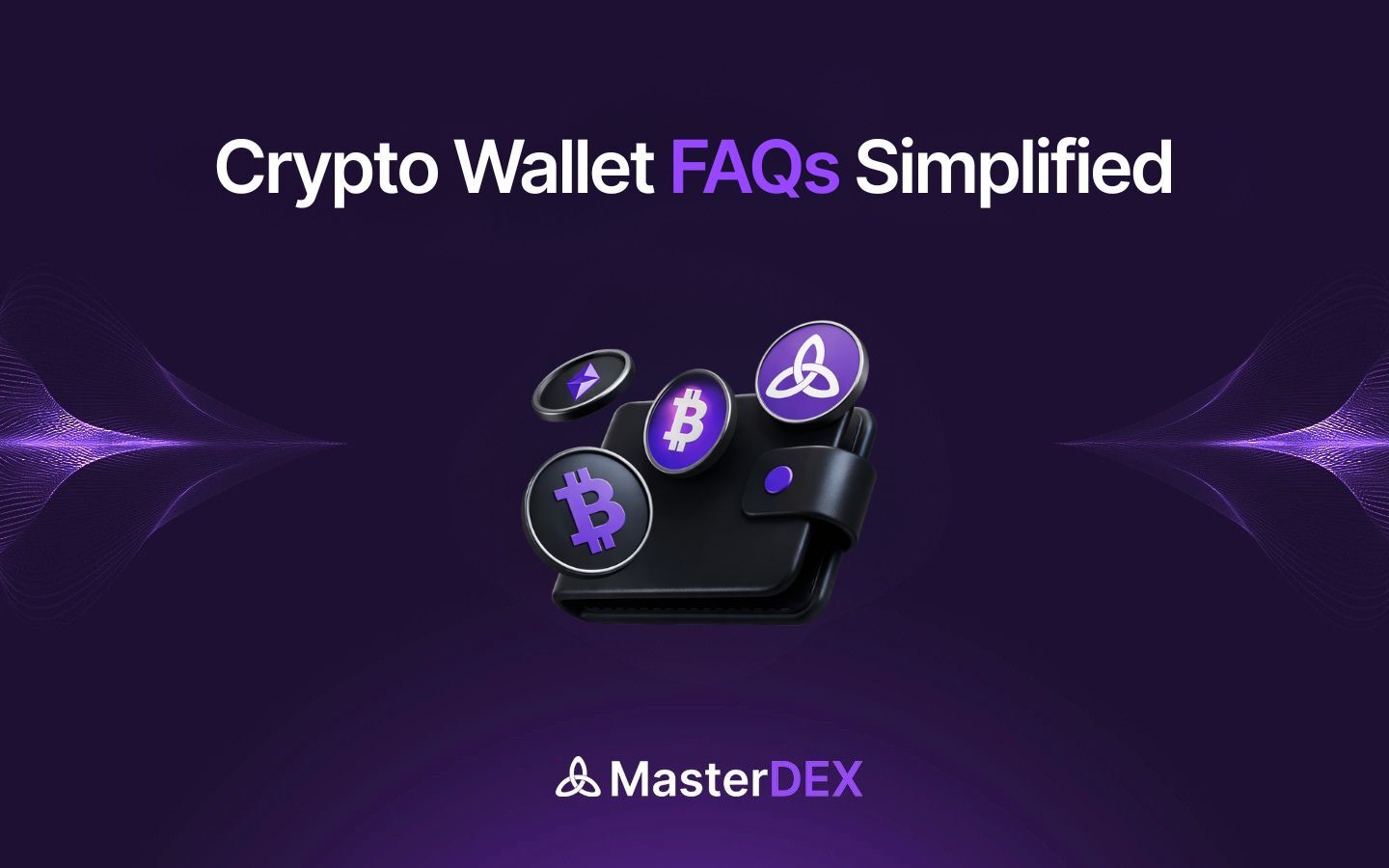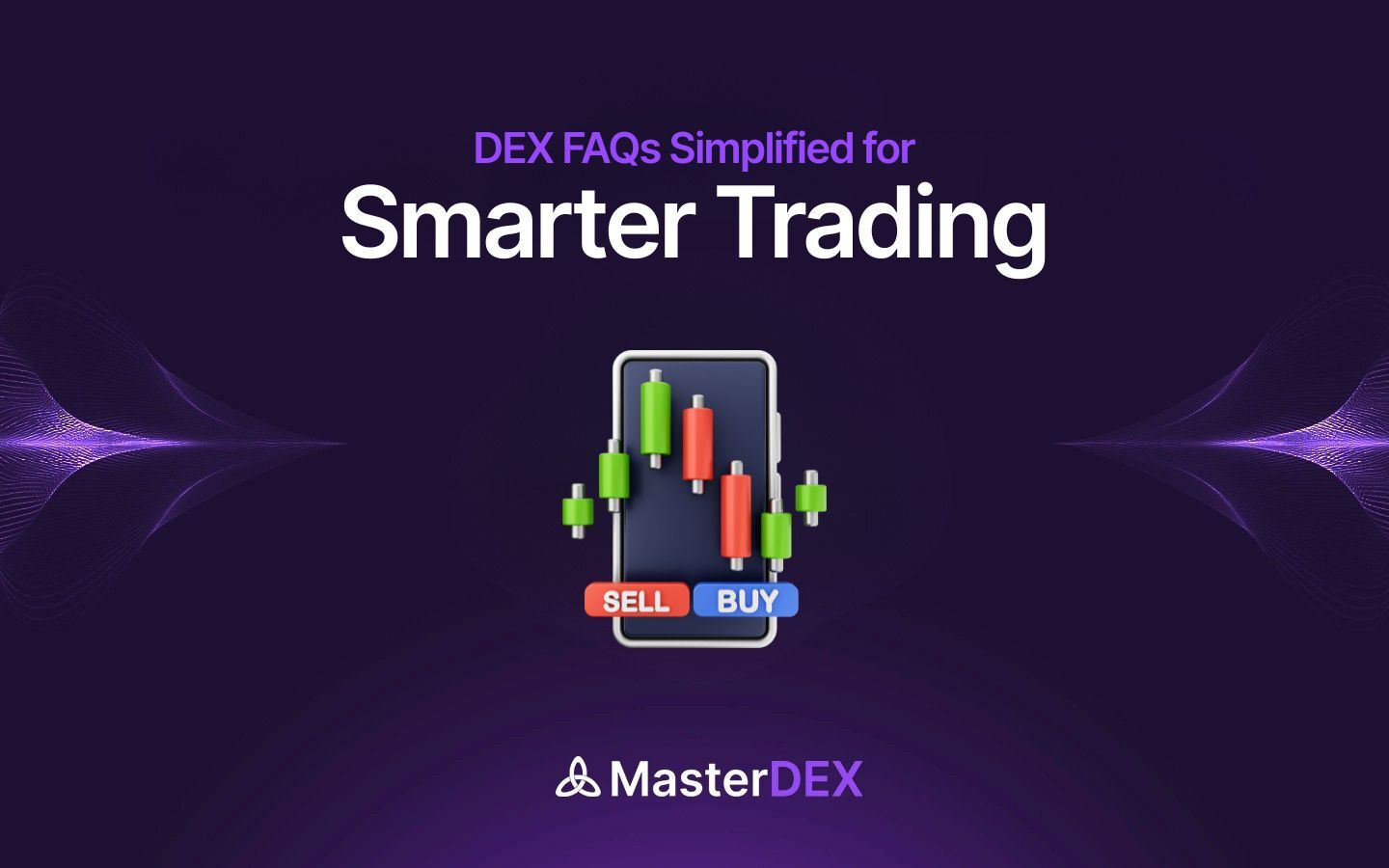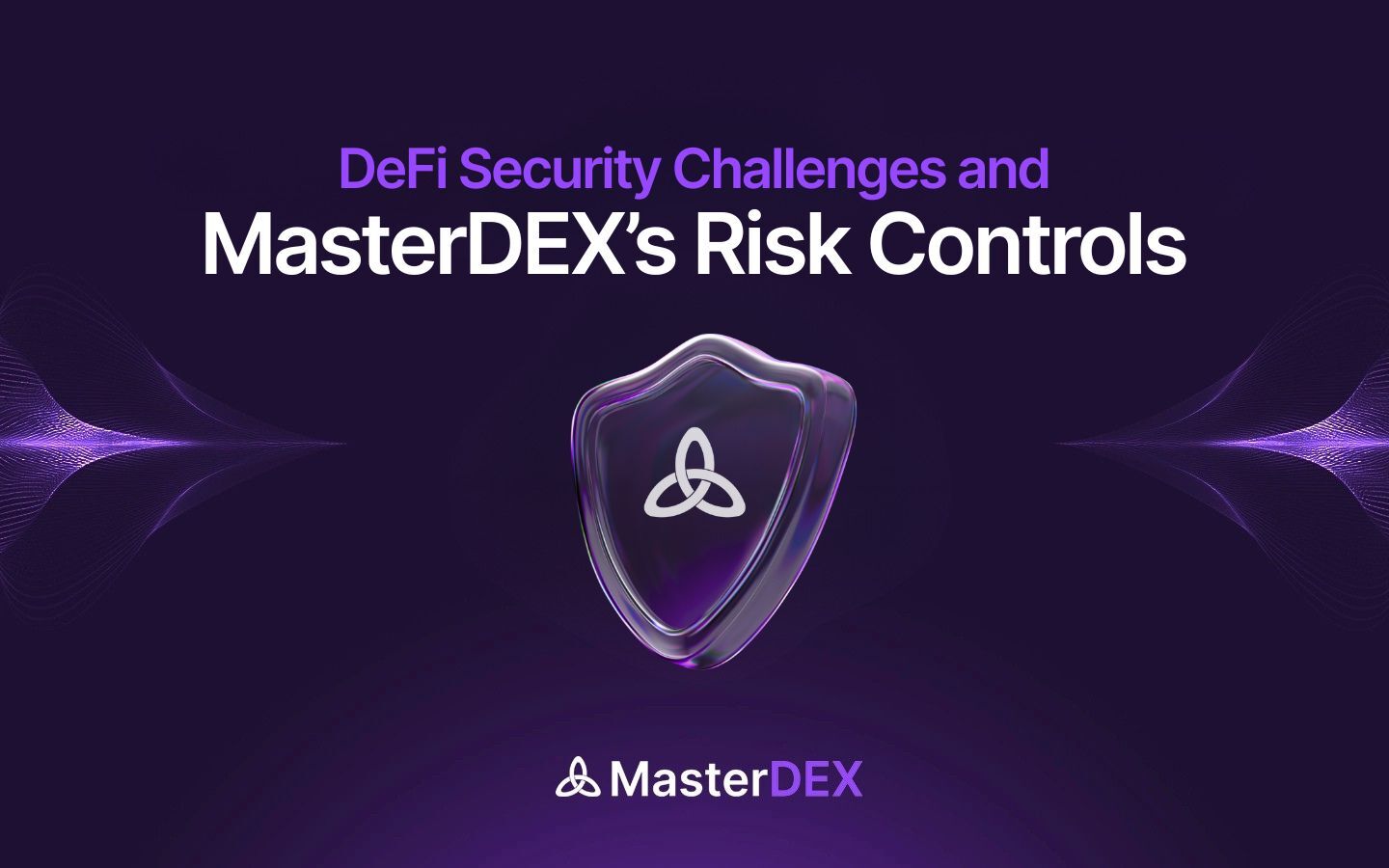This article discusses the rise of Layer 2 scaling solutions in blockchain, their types, advantages, and challenges. Moreover, it discusses the challenges of implementing layer 2 scaling solutions. So, let’s dive in.
Table of Contents:
ToggleWhat are Layer 2 Scaling Solutions?
Layer 2 scaling solutions are frameworks built atop Layer 1 blockchains like Ethereum to reduce the work-load on the main chain. These solutions process transactions off-chain, interacting with the main blockchain only when necessary. This approach not only improves transaction speed, lowers costs, and enhances scalability but also maintains the security and decentralization of the Layer 1 network.
Layer 2 Scaling Solutions
Lets talk about the types of layer-2 scaling solutions along with its advantages and disadvantages.
State channels
State channels enable two-way, off-chain communication and transactions between participants, with only the final state recorded on the main blockchain. This approach is ideal for scenarios requiring frequent interactions between a fixed group of participants, such as micropayments or gaming. Notable implementations include Bitcoin’s Lightning Network and Ethereum’s Raiden Network.
In a state channel, participants deposit a portion of their funds into a multisignature (multisig) smart contract on the main blockchain. This allows them to carry out unlimited off-chain transactions by exchanging signed messages and updating the channel’s state. When the channel is closed, the final state is recorded on the blockchain, and the funds are distributed based on the agreed-upon outcome.
Advantages
- High Throughput: State channels enable a large number of transactions without requiring blockchain confirmation for each one.
- Near-Instant Finality: Transactions are complete once both parties sign them.
- Enhanced Privacy: Off-chain transactions are not broadcast, keeping them private from the broader network.
Challenges
- Online Requirement: Participants must remain online to manage and monitor the channel.
- Fixed Participants: A predefined set of participants restricts channels, limiting flexibility.
State channels are a powerful tool for reducing blockchain congestion and enhancing transaction speed and privacy. However, their use cases are suitable for applications with high transaction frequency and consistent participants.
Rollups
Rollups are Layer 2 solutions that bundle multiple transactions off-chain and submit them to the main chain as a single transaction. They come in two main varieties: Optimistic Rollups and ZK-Rollups.
Optimistic Rollups
Optimistic Rollups assume that transactions are valid by default, streamlining processing by deferring verification. Instead of immediately validating each transaction, they use a challenge mechanism to ensure correctness when disputes arise.
Key Features:
- Assumption of Validity: Transactions are treated as valid unless challenged.
- Fraud Proofs: A challenge mechanism resolves disputes by enabling the submission of fraud proofs.
- Efficient Processing: Transaction processing takes place quickly since verification is not immediate.
Advantages
- Improved Scalability: Optimistic Rollups can handle a significantly higher transaction volume.
- Lower Costs: Transaction fees are lesser in comparison to on-chain alternatives.
- Seamless Integration: Compatible with existing Ethereum infrastructure and smart contracts.
Challenges
- Delayed Finality: A challenge period introduces a delay before transactions are fully confirmed.
- Risk of Congestion: Excessive challenges could overwhelm the network and reduce efficiency.
Optimistic Rollups offer an effective solution for boosting scalability and reducing costs while maintaining Ethereum compatibility. However, balancing the challenge mechanism to prevent abuse and minimize delays is crucial for their continued success.
ZK-Rollups
ZK-Rollups (Zero-Knowledge Rollups) leverage advanced cryptographic proofs to validate transactions in batches, ensuring efficiency and privacy without revealing individual transaction details.
Key Features:
- Zero-Knowledge Proofs: Validates the integrity of transactions while keeping sensitive information private.
- Instant Finality: Transactions are immediately confirmed as valid once the proof is submitted.
- Data Availability: Transaction data is stored off-chain, with only the cryptographic proofs kept on-chain.
Advantages:
- Enhanced Privacy: Keeps transaction details confidential, making it ideal for privacy-centric use cases.
- High Throughput: Capable of processing thousands of transactions per second, addressing scalability needs.
- Robust Security: Cryptographic proofs offer strong security guarantees, ensuring trust and reliability.
Challenges:
- Complexity: Requires sophisticated technology and infrastructure, making implementation more challenging.
- High Development Costs: Developing ZK-Rollup solutions can be time-intensive and costly.
ZK-Rollups strike a balance between scalability, security, and privacy, making them a powerful tool for the future of decentralized applications, despite the challenges they bring.
Sidechains
Sidechains are independent blockchain networks linked to a main chain via a two-way peg, enabling the transfer of assets between the two. They operate with their own consensus mechanisms, block parameters, and security frameworks, offering flexibility and customization for specific use cases.
Transactions on sidechains occur separately from the main chain, allowing for faster processing and reduced fees. Periodic communication between the sidechain and the main chain ensures the movement of assets, leveraging the security of the primary blockchain while maintaining the sidechain’s efficiency.
Despite their advantages, sidechains come with certain trade-offs. They rely on independent consensus models, which may differ in security compared to the main chain. Additionally, they require trust in the sidechain operators, who have control over the assets locked within the sidechain environment.
Core Benefits of Layer 2 Scaling Solutions
Layer 2 scaling solutions are transformative advancements that aim to overcome the scalability challenges of blockchain networks. They enhance performance, efficiency, and accessibility while upholding the foundational principles of security and decentralization.
Here’s a closer look at the core benefits they bring to the table:
Boosted Scalability
By shifting transaction processing off the main blockchain, Layer 2 solutions dramatically increase network scalability. This approach allows for simultaneous handling of a greater number of transactions, significantly improving capacity and throughput.
Reduced Transaction Costs
One of the standout advantages of Layer 2 is its ability to lower transaction fees. By handling operations off-chain or on specialized sidechains, computational costs decrease substantially. This affordability opens the door to blockchain applications that require frequent transactions, such as micropayments, making them economically viable for users and developers alike.
Lightning-Fast Transaction Times
Layer 2 solutions enable near-instant transaction confirmations by processing data off-chain while periodically updating the main chain. This leads to a seamless and efficient user experience, crucial for real-time use cases like decentralized finance (DeFi), online gaming, and digital trading platforms.
Looking for a seamless and efficient decentralized exchange platform? Check out MasterDEX platform now!
Other Noticeable Benefits
Enhanced Privacy Features
Many Layer 2 protocols incorporate advanced privacy measures, such as zero-knowledge proofs or off-chain computations. These features provide users with greater control over their data, ensuring secure and confidential transactions.
Scalability Without Compromising Security
Layer 2 solutions deliver scalability without weakening the security of the base blockchain. By using robust cryptographic techniques and secure off-chain protocols, they guarantee the integrity and immutability of transactions. This ensures that even as networks expand, the foundational trust in blockchain technology remains intact.
Seamless Integration and Flexibility
Designed to work with existing blockchain protocols and smart contracts, Layer 2 solutions offer developers a user-friendly path to scalability. This compatibility allows for easy integration with current ecosystems, reducing the need for extensive changes to application codebases. Developers can improve performance without sacrificing the security and decentralization of the underlying blockchain infrastructure.
By addressing these key challenges, Layer 2 solutions are paving the way for the mass adoption of blockchain technology, unlocking its full potential across diverse applications and industries.
Challenges of Implementing Layer 2 Scaling Solutions
While Layer 2 scaling solutions offer immense benefits for blockchain networks, their adoption comes with notable challenges.
Complex Implementation and Development Requirements
Building and deploying Layer 2 solutions demand specialized expertise in areas such as off-chain protocols, cryptography, and consensus mechanisms. Developers must tackle technical complexities like transaction routing, state synchronization, and dispute resolution. These challenges can make implementation resource-intensive, particularly for teams with limited technical experience or capacity.
Reliance on Main Chain Security
The security of Layer 2 solutions hinges on the strength of the underlying blockchain. While Layer 2 protocols leverage cryptographic safeguards, any vulnerabilities in the main chain could compromise their integrity. Maintaining a robust and secure main chain is essential to ensure the reliability and resilience of Layer 2 networks.
Interoperability Barriers
Many Layer 2 solutions function as independent ecosystems, leading to compatibility issues with other blockchain networks or protocols. This lack of seamless interaction can hinder the transfer of assets and data across platforms, creating fragmentation within the blockchain landscape. Addressing interoperability is critical for fostering a cohesive and widely adopted decentralized ecosystem.
Other Challenges Include
Risks of Centralization
Some Layer 2 solutions may inadvertently introduce elements of centralization, such as relying on a small number of validators or centralized infrastructure. This centralization can undermine the decentralized and censorship-resistant nature of blockchain technology. Ensuring a distributed governance model and minimizing control points are vital to preserving the trust and resilience of these systems.
Difficulties in Migration and Transition
Adopting Layer 2 solutions often requires significant migration efforts, particularly for existing applications or large-scale systems. Coordinating these transitions can be time-consuming and disruptive, necessitating careful planning and collaboration among developers, users, and stakeholders. Streamlining migration processes is crucial for unlocking the full potential of Layer 2 technologies without causing disruptions.
By addressing these challenges through innovation, collaboration, and education, the blockchain community can fully harness the transformative potential of Layer 2 scaling
solutions.
The Bottom Line
Layer 2 scaling solutions are not just enhancements; they are essential for blockchain’s evolution into a truly global technology. By addressing challenges like scalability, transaction speed, and affordability, these solutions pave the way for broader adoption across industries. As innovation continues, Layer 2 will drive the development of more efficient and user-friendly applications, fostering interoperability and enabling a seamless multichain world. The future of blockchain depends on these advancements, ensuring that the technology remains scalable, secure, and ready to meet the demands of an interconnected digital economy.



